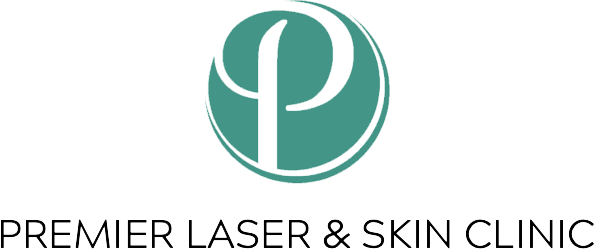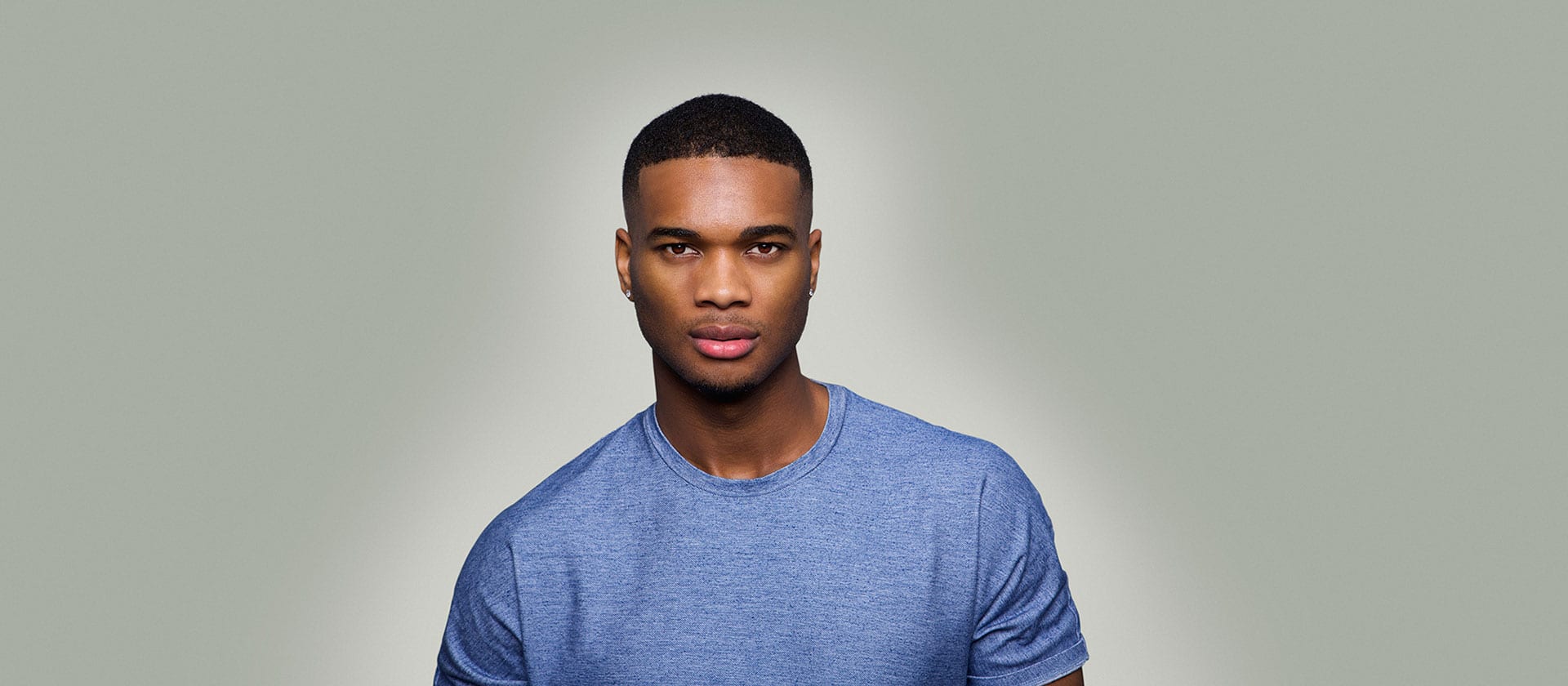Booking a course of laser hair removal treatments is a big step for many people; not only is it a financial commitment but it can be a little nerve-wracking to embark on a skin treatment with the potential to change your body in such a remarkable way. It makes sense to consider all that laser hair removal involves before you book your sessions and also to plan ahead…in order that you get the best out of your experience and fully reap the rewards that laser hair removal offers.
There are a number of things to look at when planning ahead for your treatments. Whilst laser hair removal is not at all invasive, painful or damaging to your skin there are certain precautions which are important to take before and after a session.
Preparing your skin
It’s advised that you do not wear any sun lotions, moisturising creams or makeup when you’re about to have a laser hair treatment; the chemicals in these can sometimes cause a reaction with the laser light…so stay safe and avoid exposing your skin to any skin lotions for 24 hours prior to your session.
Similarly, stay off the sun bed! Even though you might think that a tan will be just the thing to show off your hairless body, you need to keep your skin in a calm state so it’s not a sensible idea to go on tanning beds just before you have a laser session.
It’s fine to use soap and water in the shower as normal on the day of treatment.
After your session
Your practitioner will give you tailored advice with regards to aftercare when you finish your session but the general advice remains the same for most people.
Do not head straight for the pool or the gym after a laser hair removal treatment; your skin needs time to recover and for any slight redness to fade; saunas and hot workouts won’t help!
Similarly do not expose your skin to the sun…allow it to remain under cover for 24 hours. Some people experience slight redness or swelling following a treatment and it’s advisable to use an ice pack or Aloe Vera gel to cool it down.
How many sessions will I need to get the best results?
Because hair grows in phases and not at the same constant rate, it’s necessary to have several treatments in order that all the hair may be “caught” in its growth stage. Your practitioner will advise you of how many treatments will be needed…upon examining your hair, they will be able to judge in a ball-park fashion the amount of treatments you will require to get the best results possible. Most people need around 4-6 treatments to get a really great result.
Listen to your therapist
When you have your consultation, your laser hair removal therapist will examine the area or areas which you would like to be treated and they will advise you on the best course for you. They will discuss any medications which you are on and in some cases it’s necessary to briefly cease medication before laser hair removal can go ahead; if this applies to you be sure that you speak first to your doctor before stopping your medication.
Listen carefully to your laser hair practitioner’s advice when it comes to after care…it’s vital that you heed their orders when it comes to caring for your skin post treatment.
Laser hair removal can boost your confidence and save you both time and money..







